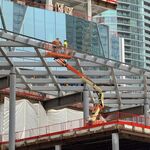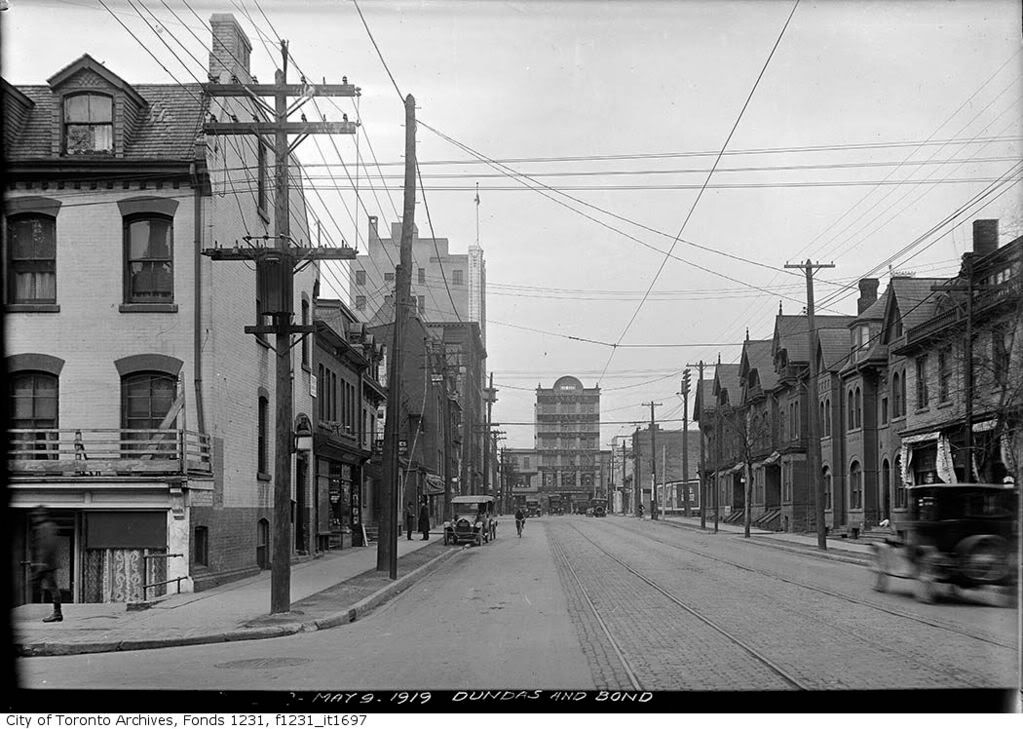dt_toronto_geek
Superstar
Interesting how by the time it became the Astor, the Victorian lower-facade details had been pallidly stuccoed over.
And speaking of Victorian--what I find puzzling is how the "official" history of the Panasonic (presumably using dodgy and rudimentary inherited data from the early THB inventories) starts with "Originally a private residence, built in 1911, it became a theatre - a cinema, called "The Victory" - in 1919." But--look at that building. It's pure Second Empire retail/commercial frontage: it'd be at least 1870s, or at latest 1880s. That in the course of its history and most recent facadectomy, that nobody'd have clued into the fact is preposterous...
I'm thinking that the cinema portion was built on at a later date. I was familiar with the cinema when it was run as the New Yorker & Showcase, there were two doors - one on each side of the cinema entrance which lead upstairs to two levels of office space. In order for the projectionist to access the projection suite he/she had to climb through an east facing window (this is true!), take a brief walk across the roof (about 10-20') and enter the projection suite door then walk down a few steps. I recall there also being a fire escape back there somewhere too. This is what leads me to think that the cinema portion was added on well after the front section was built. About 10 years ago the old cinema was demolished and a new auditorium built, one that had a bigger stage, stage wings, updated lighting & electrical etc. as it was going to be used exclusively for live shows.






